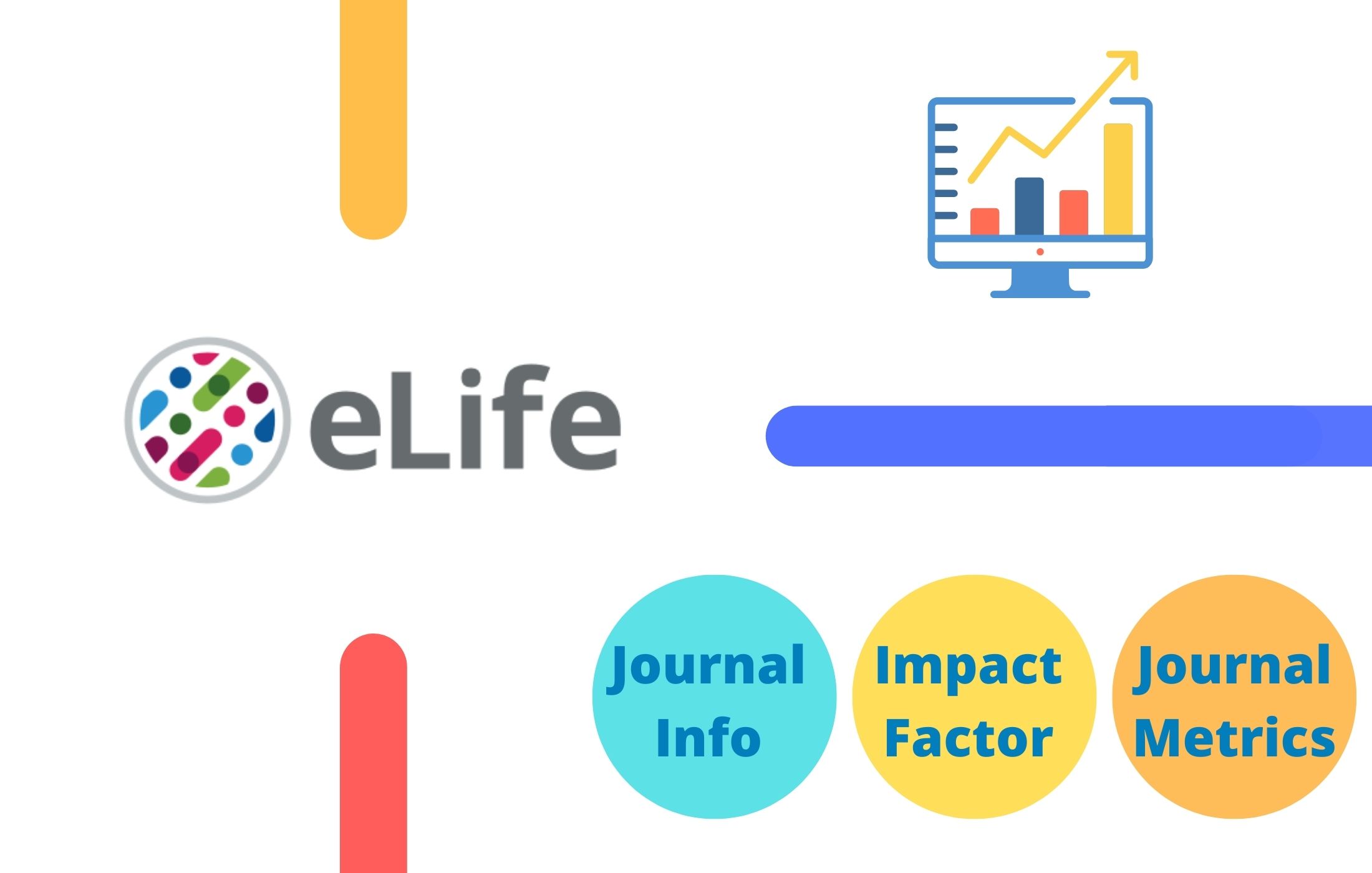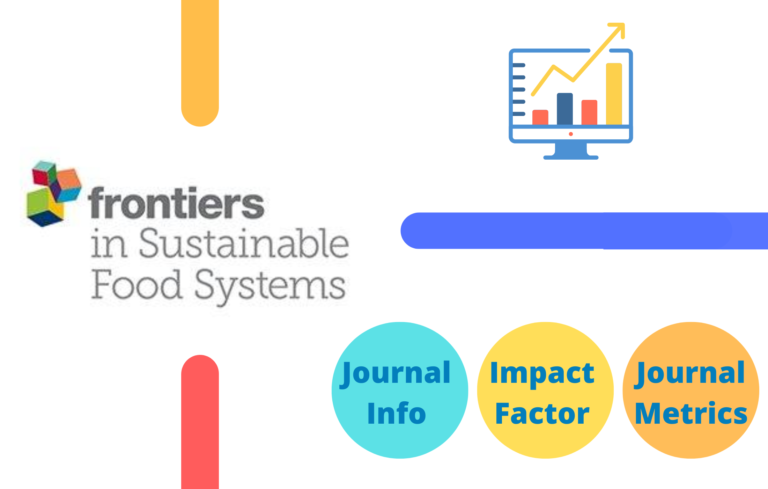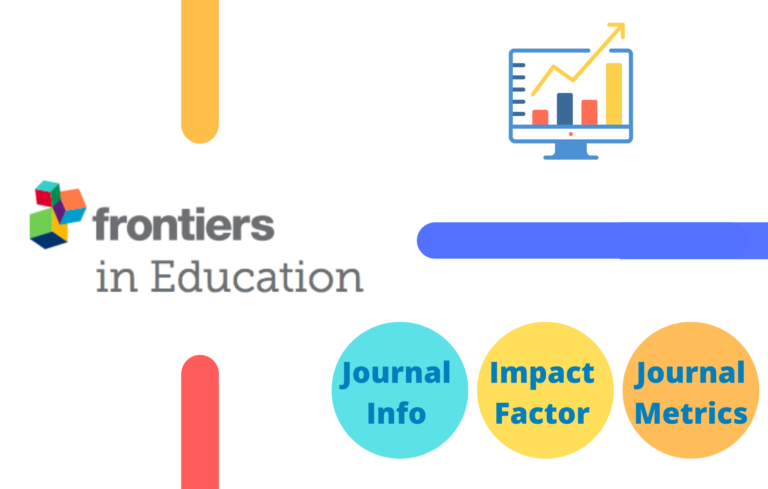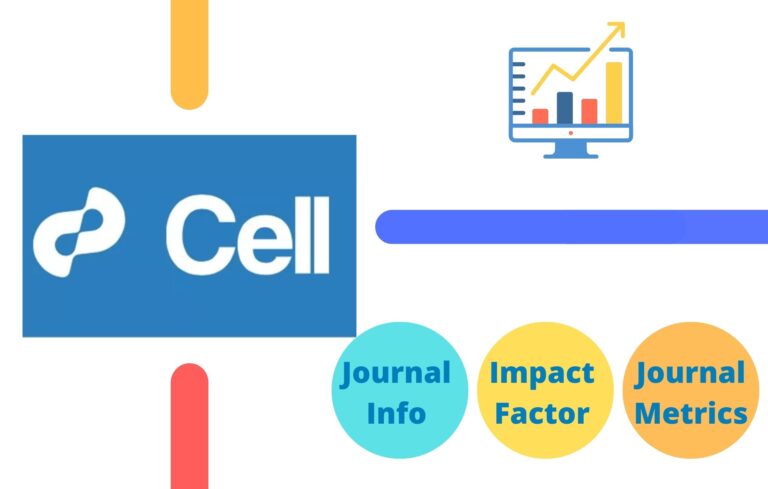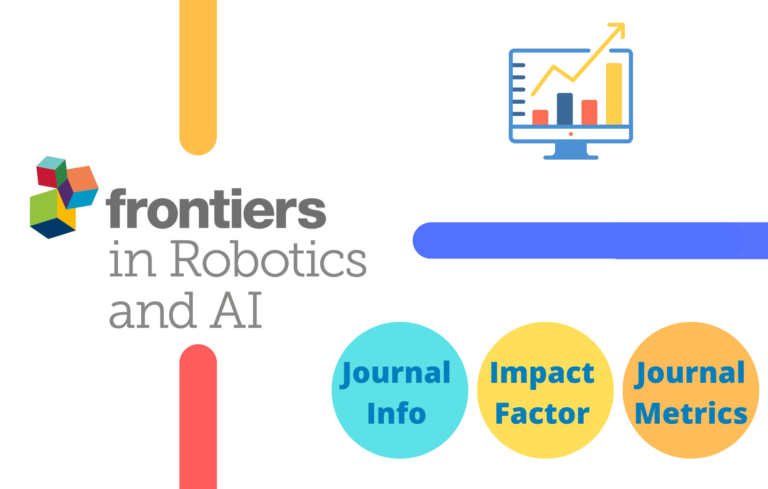Here in this post, apart from eLife Impact Factor, I have tried to compile all the necessary information a research scholar would seek before publishing an article in the journal.
About eLife Journal
eLife is a not-for-profit peer-reviewed open access scientific journal for the biomedical and life sciences.
It was established at the end of 2012 by the Howard Hughes Medical Institute, Max Planck Society, and Wellcome Trust, following a workshop held in 2010 at the Janelia Farm Research Campus.
eLife Impact Factor
Impact Factor (IF) or often called journal impact factor (JIF) is an index provided by an analytics company named Clarivate. The impact factor is calculated by dividing the number of times the articles are cited in the last two years by the total number of publications in those two years.
- Total Citations in 2020 and 2021 = 500
- Total Number of Publications in 2020 and 2021 = 100
- Impact Factor of the Journal in 2022 = 500/100 = 5
eLife Impact Factor (2018-2023)
eLife Impact Factor 2018 – 7.616
eLife Impact Factor 2019 – 7.551
eLife Impact Factor 2020 – 7.080
eLife Impact Factor 2021 – 8.140
eLife Impact Factor 2022 – 7.7 (Updated 29 June 2022)
eLife H-index
The h index is a metric for evaluating the cumulative impact of an author’s scholarly output and performance; measures quantity with quality by comparing publications to citations.

The h index of eLife Journal is 161, which means among all the published articles in this journal, 161 of these publications have received at least 161 citations each.
eLife Journal Metrics
eLife CiteScore
CiteScore (CS) of an academic journal is a measure reflecting the yearly average number of citations to recent articles published in that journal.
eLife SCImago Rank
The SCImago Journal Rank (SJR) indicator is a measure of the scientific influence of scholarly journals that accounts for both the number of citations received by a journal and the importance or prestige of the journals where the citations come from.
| Year | SCImago Journal Rank (SJR) |
|---|---|
| 2018 | 6.617 |
| 2019 | 6.079 |
| 2020 | 5.879 |
| 2021 | 4.752 |
eLife Editorial Board Members
Below are the latest editorial board members of eLife
Michael B Eisen (Editor-in-chief)
HHMI, University of California, Berkeley, United States
Deputy Editors
Anna Akhmanova
Utrecht University, Netherlands
Timothy Behrens
University of Oxford, United Kingdom
Diane M Harper
University of Michigan, United States
Detlef Weigel
Max Planck Institute for Developmental Biology, Germany
Mone Zaidi
Icahn School of Medicine at Mount Sinai, United States
eLife Publication Fee
eLife is an open-access journal. The publication fee for eLife is $3,000 (excluding taxes).
eLife offers APC waivers and discounts for Authors with insufficient funding for any reason.
eLife Review Time
eLife prioritizes rapid publication and uses single-blind peer review, which is standard across Cell Press journals.
| Initial decision to review | 2-8 days after submission |
| Decision after peer-review | 29-48 days |
eLife Reference Style
eLife suggests selecting the APA style for the initial submission of papers. However, the journal accepts any reference style and will format all references during the production process.
eLife Endnote Style
You can download the eLife Endnote Style and eLife Zotero Style
eLife Abbreviation
The ISO 4 standard abbreviation for abstracting, indexing and referencing purposes of eLife is “Elife”. Rep.“
eLife Acceptance Rate
The acceptance rate of a journal is the ratio of the number of articles submitted to the number of articles published.
The average acceptance rate of eLife journal is 15-16%
eLife Indexed in
Science is indexed in Scopus, SCImago, Web of Science, and UGC journal ranking



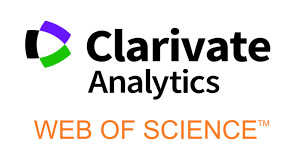
Read More
